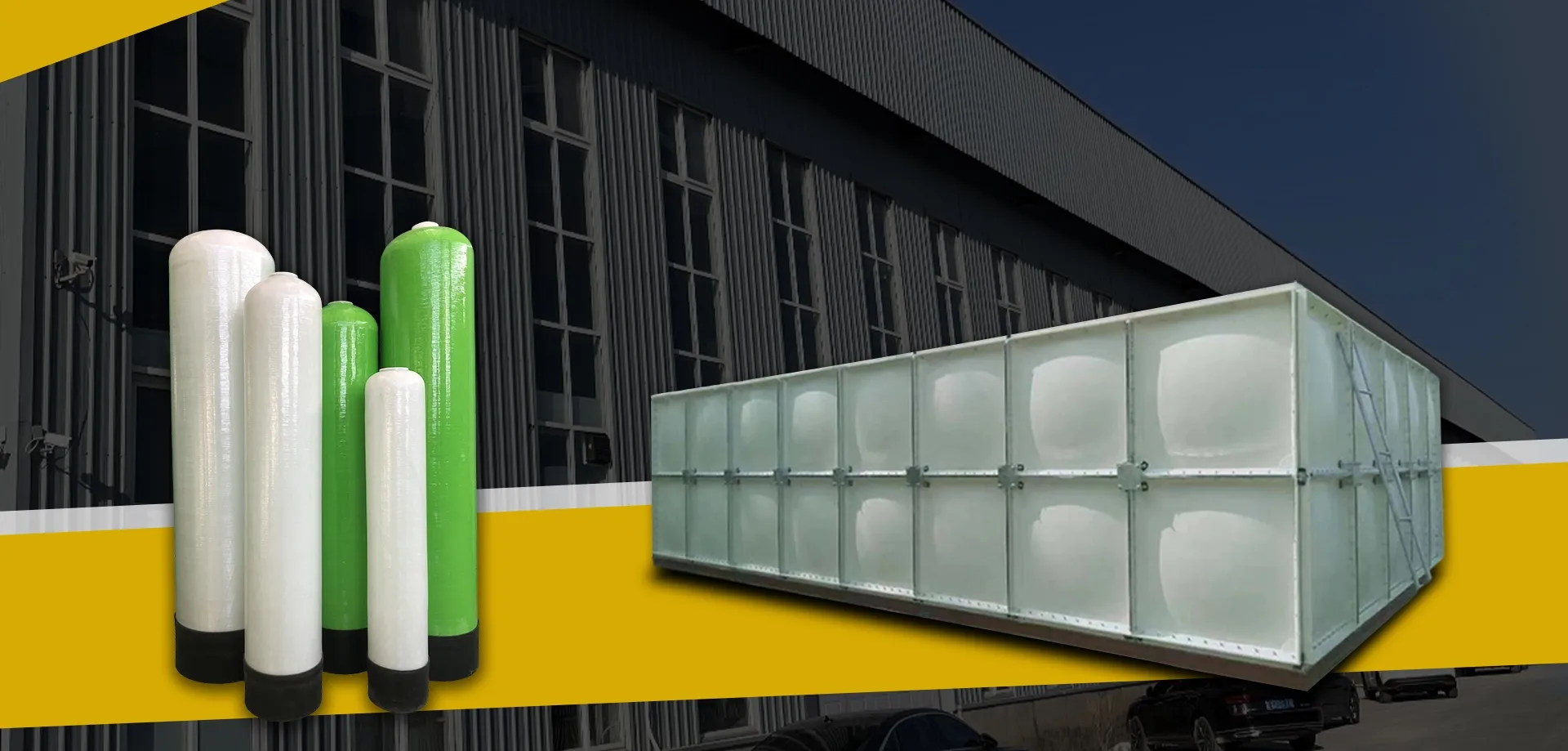loading...
- No. 9, Xingyuan South Street, Dongwaihuan Road, Zaoqiang County, Hengshui, Hebei, China
- admin@zjcomposites.com
- +86 15097380338
- Welcome to visit our website!
Advanced FRP Mesh Grating Solutions for Enhanced Structural Applications and Durability
Understanding FRP Mesh Grating A Practical Solution for Modern Needs
FRP mesh grating, or fiberglass reinforced plastic mesh grating, is a composite material known for its strength, durability, and versatility. Made from a mixture of plastic and glass fibers, FRP grating has become increasingly popular in various industries due to its unique properties and significant advantages over traditional materials. As industries evolve and sustainability becomes a priority, understanding FRP mesh grating's benefits is essential for decision-makers.
What is FRP Mesh Grating?
FRP mesh grating is constructed by combining fiberglass and a resin binder, which results in a lightweight yet strong material. This grating has a mesh-like structure that allows for water drainage and air circulation while providing a solid surface. Various resin types can be employed, including phenolic, polyester, or vinyl ester, depending on the required performance characteristics. The incorporation of glass fibers reinforces the material, providing added strength without increasing weight.
Advantages of FRP Mesh Grating
1. Corrosion Resistance One of the standout features of FRP mesh grating is its resistance to corrosion. Unlike traditional metal gratings, FRP does not rust, making it ideal for environments exposed to chemicals, seawater, or harsh weather conditions. This trait not only extends the lifespan of the product but also reduces maintenance costs significantly.
2. Lightweight As a lightweight alternative to metal grating, FRP mesh grating is easier to handle and install. This characteristic can help to reduce labor costs and increase efficiency during the installation process.
3. Slip Resistance Safety is paramount in industrial settings, and the slip-resistant surface of FRP mesh grating enhances worker safety. The texture of the grating helps to prevent slips and falls, making it a preferred choice for walkways, platforms, and ladders in high-traffic areas.
frp mesh grating

4. Customization FRP mesh grating can be easily customized to fit specific project requirements. Available in various shapes, sizes, and colors, it can be tailored to meet aesthetic and functional demands, making it suitable for both industrial and commercial applications.
5. Environmental Considerations With the increasing focus on sustainability, FRP mesh grating is an attractive option. It is often made from materials that are recyclable, and its longevity means fewer replacements are needed over time. Additionally, the manufacturing process can be more environmentally friendly compared to traditional metal production.
Common Applications
FRP mesh grating is widely used across numerous sectors due to its favorable properties. Some common applications include
- Walkways and Platforms Many industries, including wastewater treatment, chemical processing, and marine environments, utilize FRP grating for walkways and platforms due to its strength and anti-corrosive properties. - Stair Treads and Ladders Its slip-resistant surface makes it an excellent choice for stair treads and ladders, enhancing safety for workers navigating height. - Covers and Trench Grating FRP mesh grating can serve as effective covers for trenches, protecting workers and equipment while allowing light and water to pass through.
Conclusion
FRP mesh grating stands out as a modern solution to many of the challenges faced in various industries today. With its corrosion resistance, lightweight design, slip resistance, and environmental advantages, it is easy to see why this material is gaining traction in the marketplace. As industries continue to seek out sustainable, effective solutions, FRP mesh grating will likely play a vital role in shaping the future of construction and maintenance practices across different sectors. Understanding its properties and applications can enable businesses to make informed decisions, improving safety, efficiency, and sustainability in their operations.
-
The Rise of FRP Profiles: Strong, Lightweight, and Built to LastNewsJul.14,2025
-
SMC Panel Tanks: A Modern Water Storage Solution for All EnvironmentsNewsJul.14,2025
-
GRP Grating: A Modern Solution for Safe and Durable Access SystemsNewsJul.14,2025
-
Galvanized Steel Water Tanks: Durable, Reliable, and Ready for UseNewsJul.14,2025
-
FRP Mini Mesh Grating: The Safer, Smarter Flooring SolutionNewsJul.14,2025
-
Exploring FRP Vessels: Durable Solutions for Modern Fluid HandlingNewsJul.14,2025
-
GRP Structures: The Future of Lightweight, High-Performance EngineeringNewsJun.20,2025
